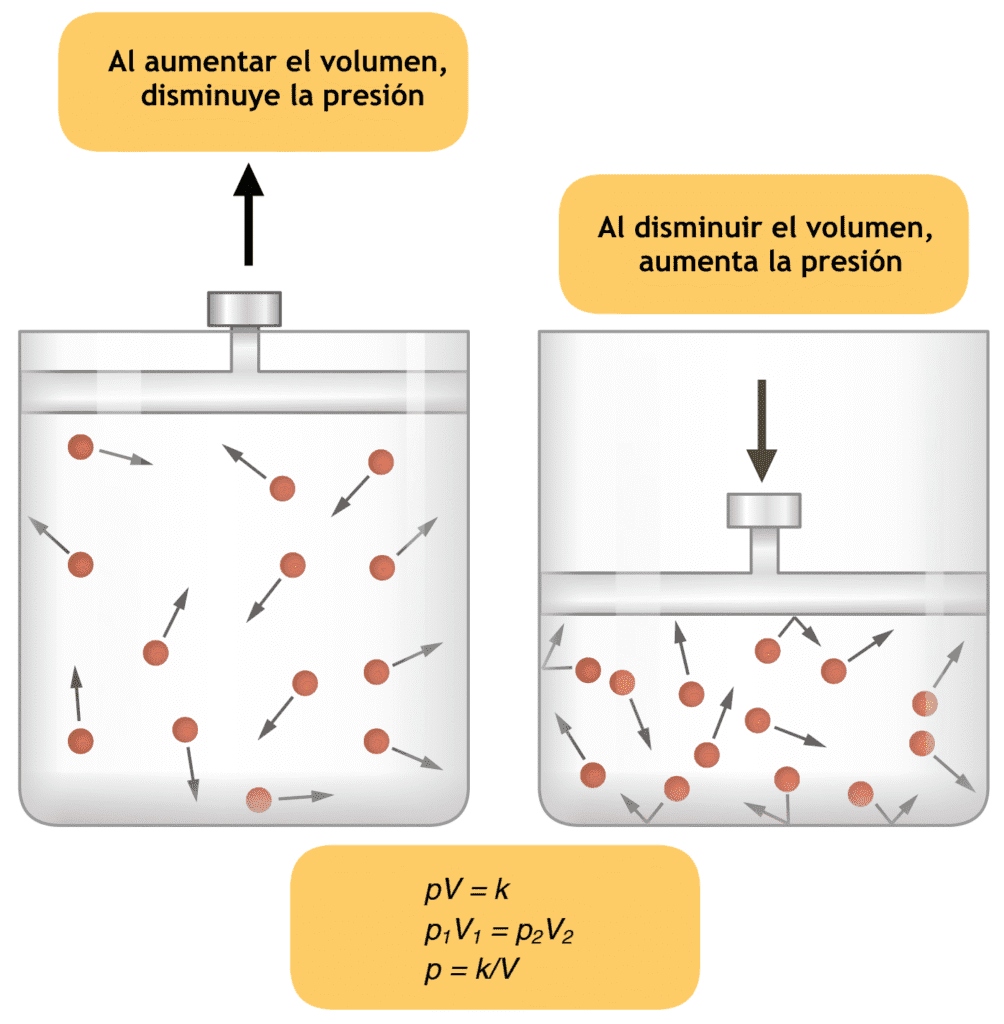Acoustic Surgery can be accomplished with suboccipital, translabyrinthine and middle fossa approaches.
The sitting, supine, lateral or park-bench position can be used for the suboccipital approach. Small or medium sized tumours are associated with essentially no mortality, whereas large tumors (>4 cm) have mortality rates of 2-4%.
Compromise of the anterior inferior cerebellar artery and the resulting lateral pontine infarction are implicated in one-third of postoperative deaths.
The second biggest contributor to postoperative mortality is aspiration pneumonia resulting from lower cranial nerve deficits.
The most serious morbidity associated with Acoustic Surgery is facial paralysis which can lead to sight-threatening keratitis.
Another Acoustic Surgery problem is hearing loss, seen in up to 75% of patients with tumors 1.5-2.5 cm in diameter.
 Presence of preoperative hearing is an important factor in assessing chances of preserved hearing in the post Acoustic Surgery period.
Presence of preoperative hearing is an important factor in assessing chances of preserved hearing in the post Acoustic Surgery period.
Early recognition and treatment of CSF leak (incidence 3- 15%) is imperative because there is a risk of meningitis.
Persistent obliteration of Evoked Potentials is predictive of postoperative neurological deficit.
Facial nerve monitoring recommended in surgery for acoustic neuroma and BAEP shows some clinical evidence of improved outcome in some procedures.
Irritation of the lower portion of the pons and of the upper medulla and of the extra-axial portion of the fifth cranial nerve can result in numerous cardiovascular responses. The former two areas are most often stimulated during procedures on the floor of the fourth ventricle and the last during surgery at or near the cerebellopontine angle like in Acoustic Surgery.

